How to use the coffee powder sieve? How to use the powder sieve? What are the grinding requirements for hand-brewed coffee?
A friend in front of the street shared his recent troubles, that is, when he was making coffee, he found that the water was clogged, and the flavor of the drink was complicated and not clear enough. So he bought a powder sieve to screen out the fine powder, and as a result, the water was not clogged, but it tasted very dull. It completely confused him.
Fine powder is a double-edged sword.
The fine powder here refers to the "very fine powder", which is about the same thickness as the espresso, less than 250 microns. No matter how expensive the bean grinder, the ground coffee powder will appear very fine powder, which is inevitable. However, a good bean grinder will produce less fine powder, while a bean mill with poor grinding quality will produce more fine powder during grinding.
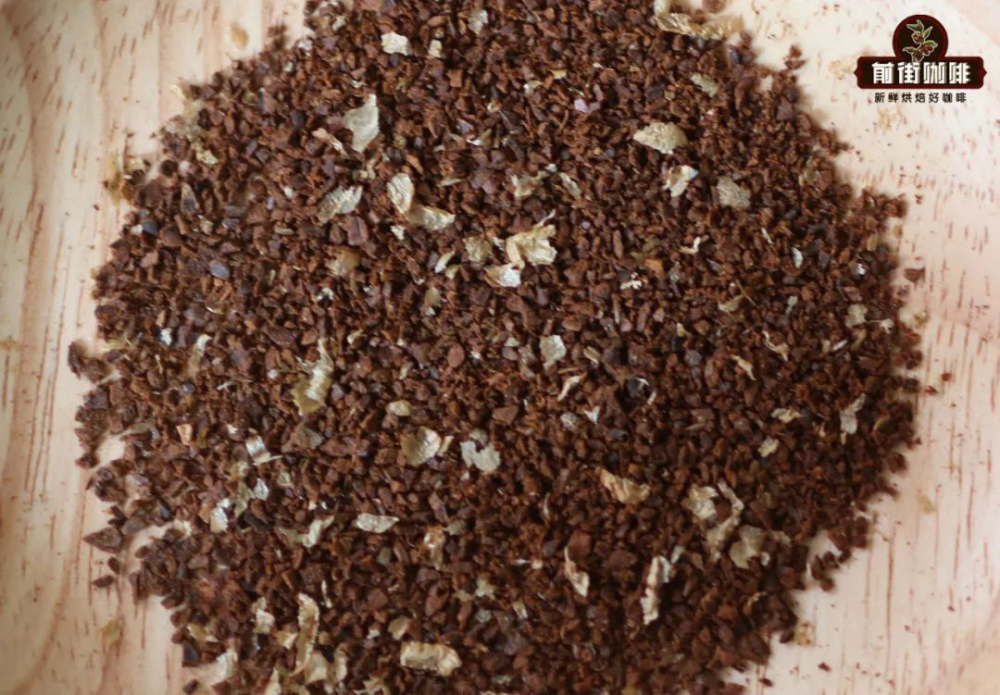
Because these fine powders are much finer than normal hand grinding particles (600-800 microns), during extraction, the flavor substances released by the fine powders will be faster than those thicker than the coffee powders. So in essence, it will appear that the extraction rate of fine powder is higher than that of coffee powder which is thicker than it. It is also because of the uneven extraction on the micro level, which makes the flavor of coffee richer and the sense of hierarchy more obvious. Of course, when the fine powder accounts for a small amount of the total powder, some fine powder is not enough to subvert the whole cup of coffee. When the amount of fine powder is large (coffee powder less than 250 microns accounts for more than 10% of the total powder), the first problem is that the fine powder will huddle together and clog the sewer hole. Causing the launch to be slow. Secondly, with more fine powder and longer extraction time, the coffee will have a bitter taste. In essence, it is this "uneven extraction" imbalance. Sieving powder in the face of this phenomenon, the way once and for all is to replace the better quality grinding machine, but it is obvious that this method has a high budget and generally needs to be reconsidered. Another alternative is to buy a fine powder sieve, which can also solve the trouble caused by fine powder by artificially removing the fine powder with a sieve after grinding it into coffee powder.
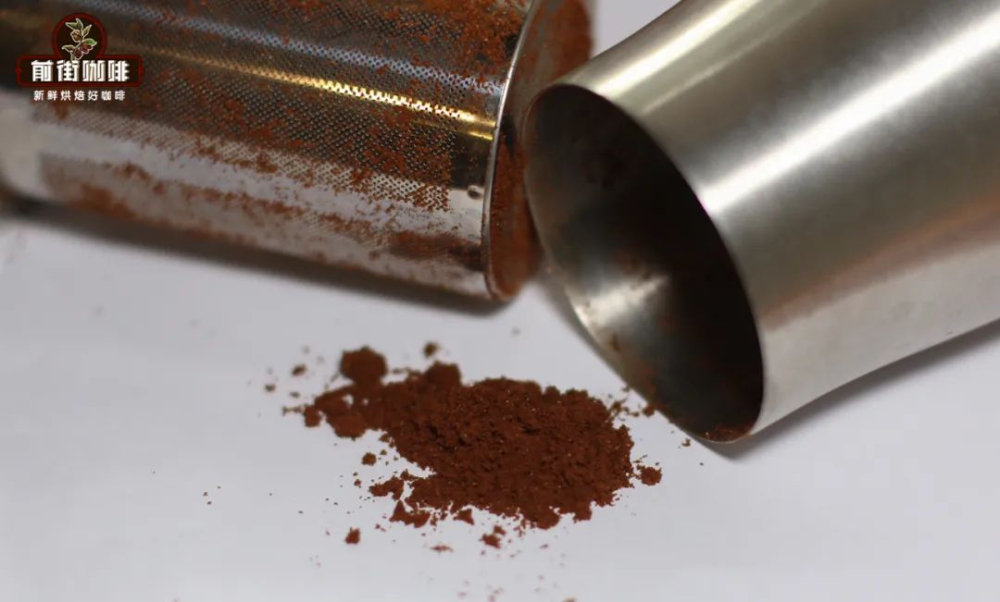
But at the same time, it also loses the surprise brought by the fine powder, because the artificial sieve powder sieves the fine powder too clean, the cleanliness of the coffee will be higher, but at the same time, it will show a dull sense of water and flavor. Sometimes, sifting out the coffee powder will make the brain unable to calculate. Qianjie was fortunate to encounter an example. A friend weighed 15g coffee beans, ground them into coffee powder and sifted out the fine powder for brewing. He originally used the ratio of 1:15 for water injection, but actually also injected 225ml water, but after he injected it, he still did not think of the problem that 15g coffee powder was less than 15g after sifting the fine powder. Of course, this is only a very accidental case, but it reflects that more things are done and there will be more uncertainty. Add the fine powder back to brewing? In order to solve the problem of fine powder blockage while avoiding rigid flavor, many people have expressed his ingenuity. Among them, the sifted fine powder is re-added for extraction, and the timing of the addition is very important. The operation is like this, first sift out the fine powder with a powder sieve, and then cook it in normal sections. When the last stage is ready for water injection, pour the fine powder into the filter cup and inject it into the last section.
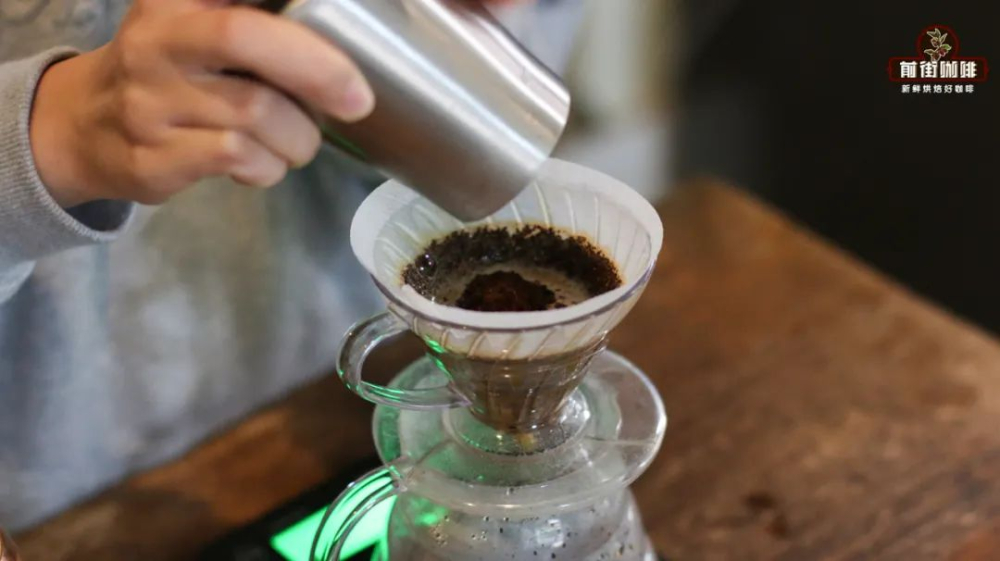
In fact, this practice is to avoid the bitter taste produced by fine powder extraction for too long, which can not only retain the flavor provided by fine powder, but also avoid the phenomenon of fine powder blocking the sewer hole. (more importantly, do not waste coffee powder.) the rational use of the powder sieve does not always require a sieve when it is slow to get into the water. it is those that block the water and the powder bed after flushing is all muddy. These belong to the obvious problem of too much fine powder. Sometimes slow entry is caused by some habits, such as using electric grinding beans, there is always some fine coffee powder stuck on the outlet, and when these coffee powders are patted into the powder cup, they are on the top and poured into the filter cup and become at the bottom. In this way, you don't need a lot of fine powder to plug the drain hole.
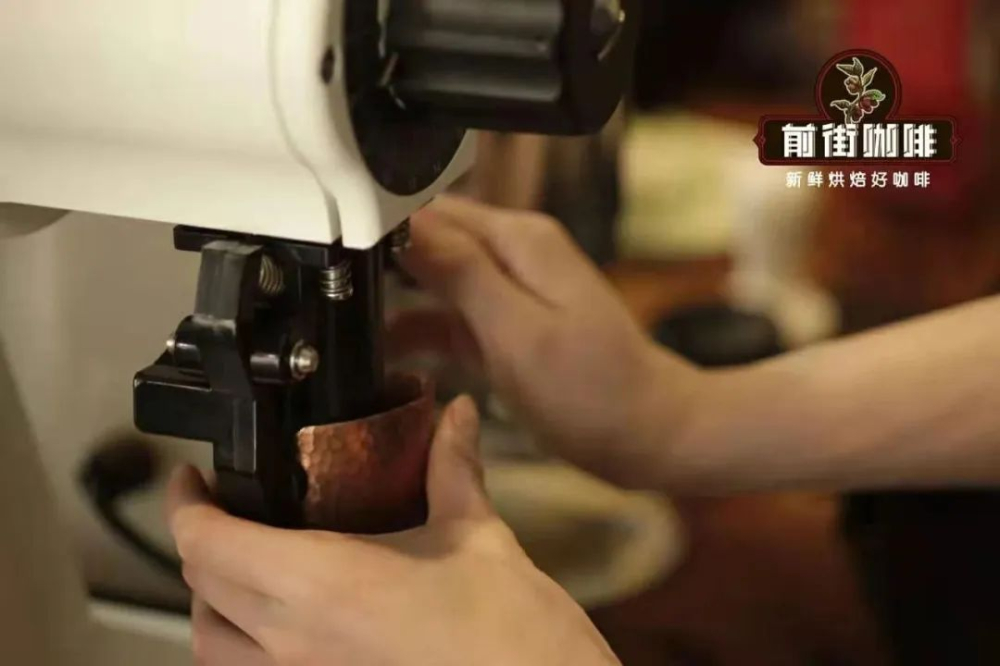
Or, keep shaking the powder cup so that the coarse powder and fine powder are layered. If you look carefully, the structure of the freshly ground coffee powder is that some coffee powder with larger particles will be surrounded by a layer of fine powder. If you don't shake, it will separate the coarse powder from the fine powder, and the fine powder will huddle together by itself, which will slow down the water.
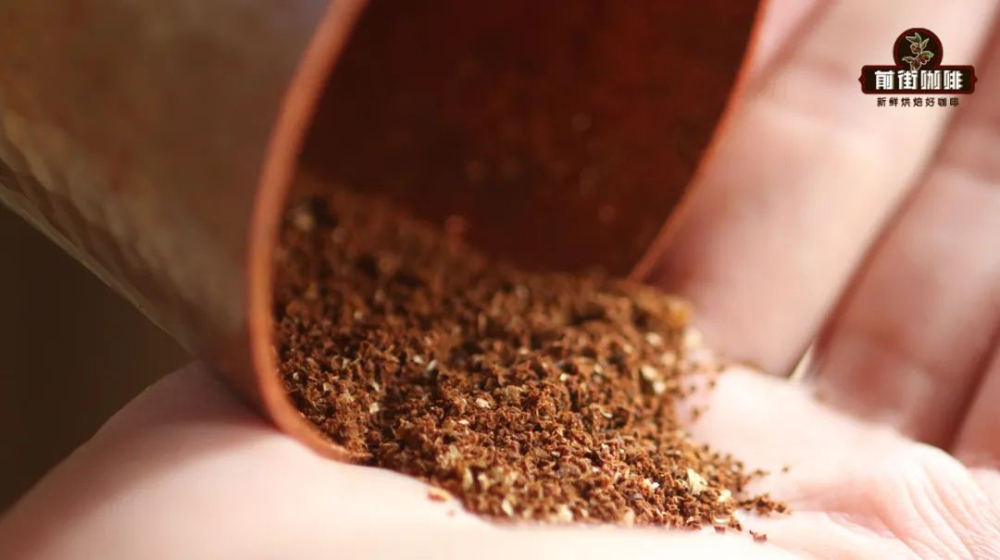
Or, in the water injection after steaming, it is usually injected in a circle from the center to the outside, so the water injection also pushes the powder layer around to form a powder wall, and the main fine powder is pushed to the edge of the filter paper in this way, which will not hinder the speed of launching. If the fine powder attached to the powder wall is washed into the powder bed, it will also lead to slow launching.
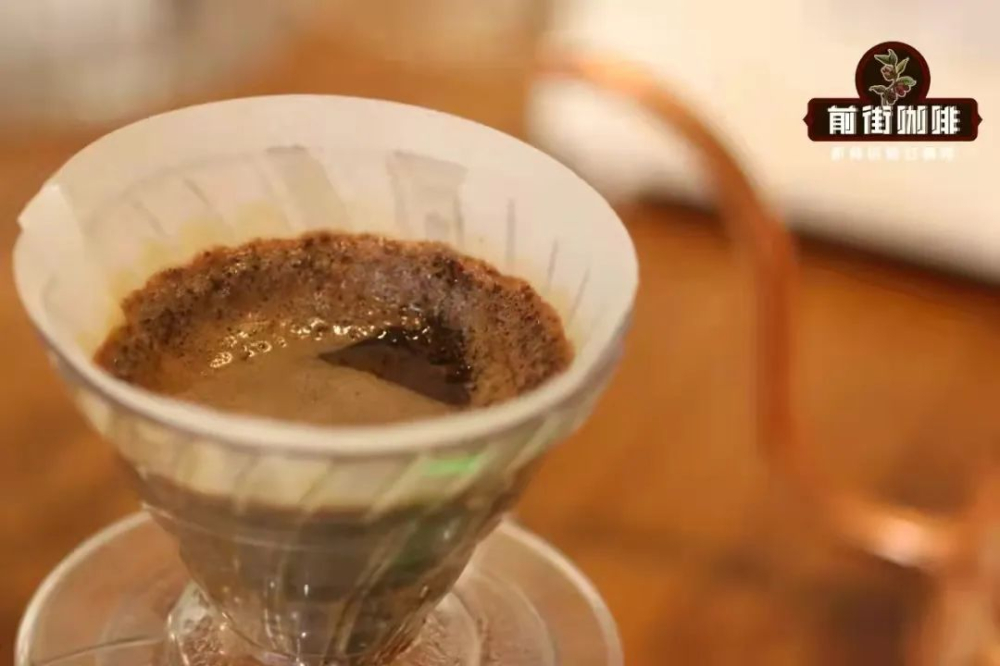
Important Notice :
前街咖啡 FrontStreet Coffee has moved to new addredd:
FrontStreet Coffee Address: 315,Donghua East Road,GuangZhou
Tel:020 38364473
- Prev
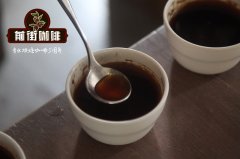
Is the coffee sieve necessary? What is the effect of sieving powder on cooking? The use of powder sieve
Professional coffee knowledge exchange more coffee bean information please pay attention to the coffee workshop (Wechat official account cafe_style) coffee powder sieve is necessary? What is the effect of the powder sieve on the hedge cooking? To sift out the fine powder from the coffee powder by some sieve or tea compartment means that the coffee powder has been ground more than the target number of times for the following reasons: because each coffee bean varies in size or
- Next
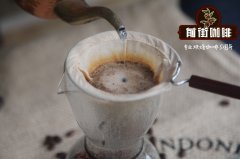
The relationship between the altitude of coffee growth and the flavor of coffee? What are the advantages of high altitude?
Professional coffee knowledge exchange more coffee bean information please pay attention to the coffee workshop (Wechat official account cafe_style) coffee growth altitude and coffee flavor relationship? What are the advantages of high altitude? Coffee beans are generally graded according to their size, defect rate and altitude. The size and defect rate of raw beans are easy to understand, but many people don't quite understand. Why do some producing areas use coffee?
Related
- Detailed explanation of Jadeite planting Land in Panamanian Jadeite Manor introduction to the grading system of Jadeite competitive bidding, Red bid, Green bid and Rose Summer
- Story of Coffee planting in Brenka region of Costa Rica Stonehenge Manor anaerobic heavy honey treatment of flavor mouth
- What's on the barrel of Blue Mountain Coffee beans?
- Can American coffee also pull flowers? How to use hot American style to pull out a good-looking pattern?
- Can you make a cold extract with coffee beans? What is the right proportion for cold-extracted coffee formula?
- Indonesian PWN Gold Mandrine Coffee Origin Features Flavor How to Chong? Mandolin coffee is American.
- A brief introduction to the flavor characteristics of Brazilian yellow bourbon coffee beans
- What is the effect of different water quality on the flavor of cold-extracted coffee? What kind of water is best for brewing coffee?
- Why do you think of Rose Summer whenever you mention Panamanian coffee?
- Introduction to the characteristics of authentic blue mountain coffee bean producing areas? What is the CIB Coffee Authority in Jamaica?

